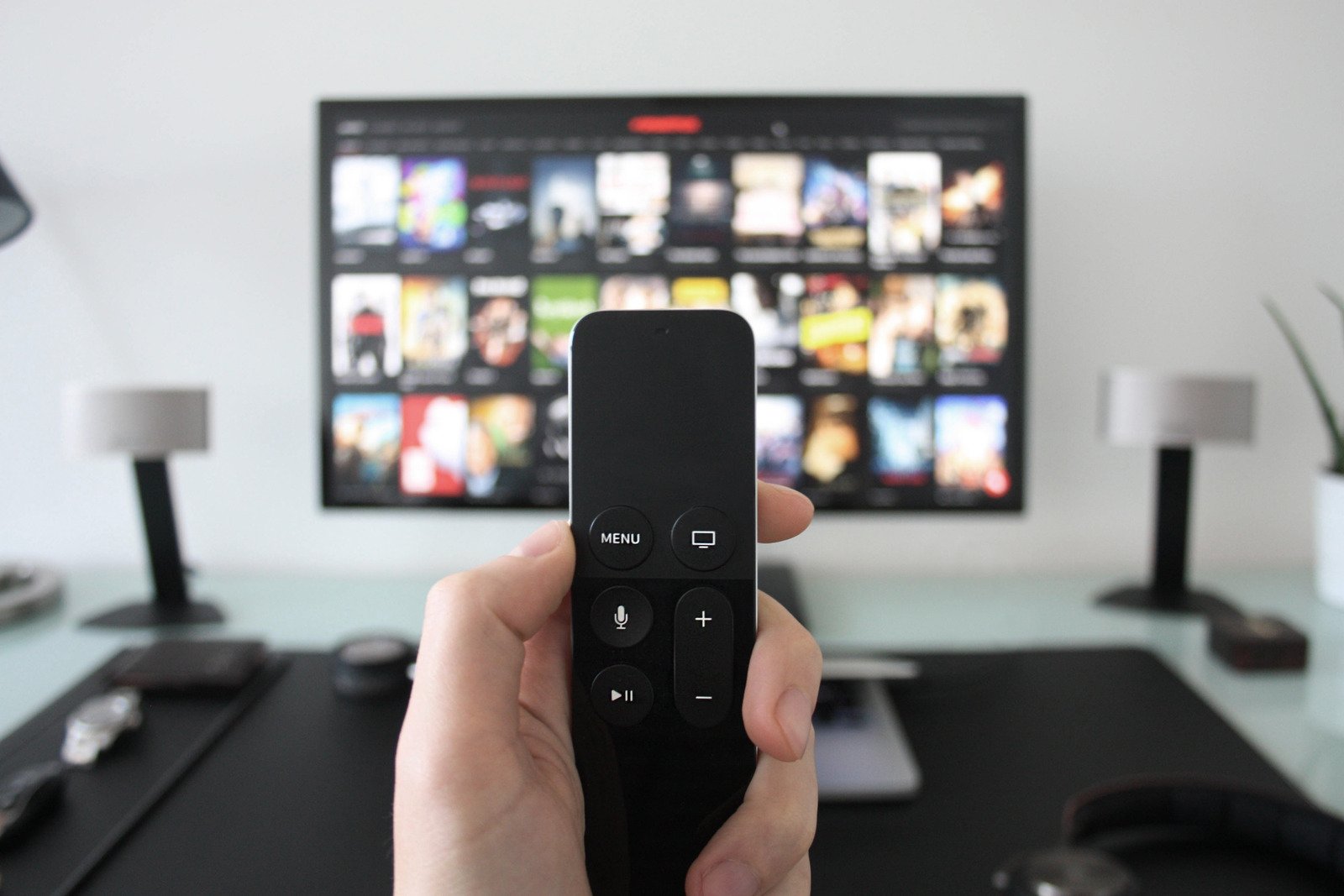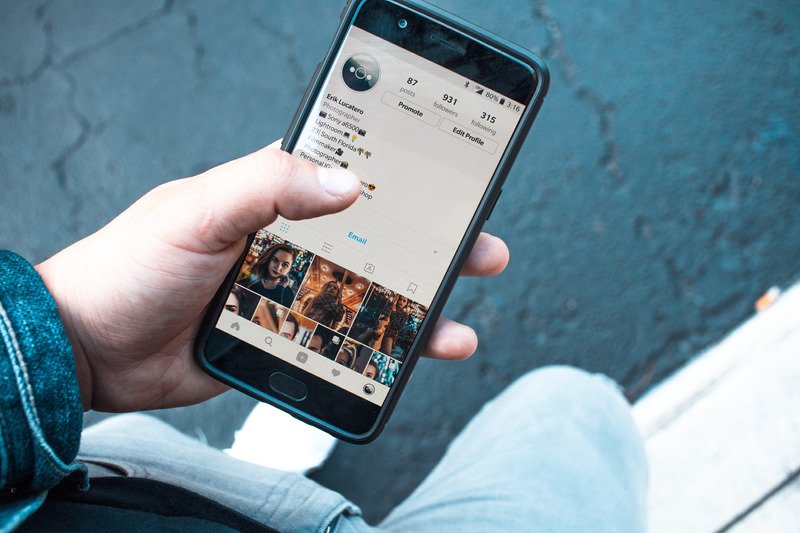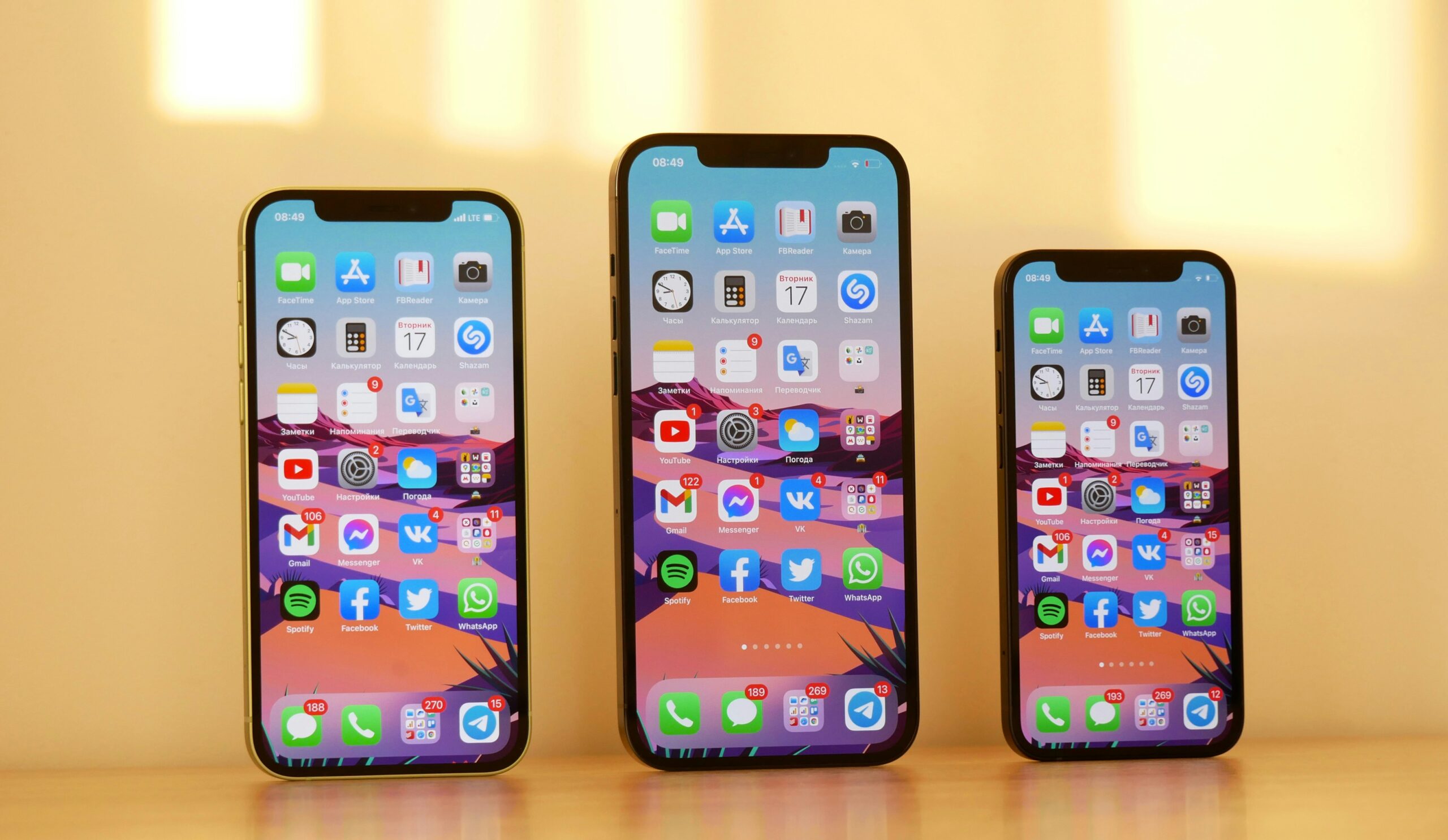What was once a necessary evil – something you used to get through the day but never really thought about – is now an integral part of our lives. Mobile devices have completely changed how we communicate, how we shop, and how we entertain ourselves. So why are they still so unknown to many copywriters?
In this article, we’ll explore some of the reasons why mobile devices are so important, and discuss some tips on how to create content that will appeal to mobile users. We’ll also provide you with a few examples of successful mobile-specific content marketing campaigns, so you can see what’s possible and give you some inspiration for your own work.
What are mobile devices and why are they so popular?
Mobile devices are increasingly popular, and for good reason. They allow you to stay connected even when you’re not near a computer or phone network. They also have a wide range of features, making them great tools for managing your life and work.
Here are some of the main reasons why mobile devices are so popular:
-They’re easy to use: Most mobile devices are designed to be easy to use, whether you’re using a smartphone or a tablet. You can access your email, social media accounts, and other important information with just a few taps.
-They’re versatile: Mobile devices can be used for a variety of purposes, from checking the news to managing your finances. You can even use them to book appointments and make purchases.
-They’re portable: Many mobile devices are portable, which means you can take them with you wherever you go. This includes both home and travel situations.
-They’re affordable: Mobile devices are generally affordable, which makes them great options for budgeting and investing in technology.
The different types of mobile devices
There are many different types of mobile devices, each with its own advantages and disadvantages. Here’s a look at the most common ones:
– Smartphones: Smartphones are the most popular type of mobile device, and for good reason. They’re versatile, powerful, and affordable. They can be used for everything from browsing the internet to taking photos and recording videos. Some smartphones have features that allow them to function as standalone devices, making them great for use outside of the context of a mobile network.
– Tablets: Tablet computers are similar in many ways to smartphones, but they have larger screens that make them better suited for viewing long documents or streaming videos. They’re also cheaper than smartphones and easier to carry around. Tablets don’t have as many features as smartphones, but they’re perfect for quick tasks or for using when you don’t want to carry around a lot of equipment.
– E-reader/ eBook readers: The e-reader market is growing rapidly, and there are a variety of different devices available that can be used to read eBooks. Some e-readers resemble traditional paper books, while others are more like tablets in appearance but include built-in screens that allow
Mobile device usage in the workplace
Employees today are glued to their mobile devices more than ever. A study by the Pew Research Center found that 73% of adults use a mobile device daily, up from 60% in 2010. And this trend is only going to continue: In 2016, 83% of employees said they use their mobile devices at work, up from 72% in 2015.
So what’s the big deal about mobile devices in the workplace? For one thing, they allow employees to stay connected even when they’re not at their desk. They can check email, read social media posts, and take care of other tasks while on the go. And because mobile devices are portable, employers can give them to employees without worrying about security risks.
But there are also some benefits to using mobile devices in the workplace. For example, workers who use mobile devices tend to be more productive than those who don’t. And because mobile devices are so versatile, they can be used for a variety of tasks, including marketing and customer service.
So if you’re looking for ways to boost employee productivity and keep them connected no matter where they are, you should consider giving them mobile devices
How to manage a mobile device in your classroom
One of the greatest benefits to having a mobile device in the classroom is that it allows educators to connect with students easily and provide them with opportunities to learn in new and innovative ways. However, managing a mobile device can be daunting for educators who are not used to working with these types of devices. In this blog post, we will discuss some tips on how to manage a mobile device in your classroom.
First and foremost, it is important to establish guidelines for using a mobile device in the classroom. This will help ensure that students are following the rules and are not taking advantage of the device’s capabilities. Additionally, it is important to be aware of potential dangers that may come with mobile devices, such as cyberbullying or online scams. Educators should communicate these dangers to their students and make sure they understand how to protect themselves.
Another key element of managing a mobile device in the classroom is organizing information. Educators should create folders for different subjects so that all information related to those topics is easily accessible. They can also create notebooks for each student in which they can store school work and other materials related to class topics. This will help keep everyone organized and focused on their studies.
Finally, it
Conclusion
Mobile devices are quickly becoming one of our favorite obsessions, whether we’re using them for work or pleasure. From streaming shows and movies on Netflix to keeping up with our social media feeds, mobile devices have become an essential part of our lives. And with the advent of new mobile operating systems and applications every day, it’s hard not to get sucked in. If you’re looking for a way to improve your productivity or just to add some fun into your life, consider investing in a mobile device. We’ve got a selection of phones and tablets that should fit any budget and meet any need.















